Cluster 10
Semiconductor Materials and Device Engineering
Instructors:
Michael Oye, PhD
UCSC Department of Electrical and Computer Engineering
Nobuhiko P. Kobayashi, PhD
UCSC Department of Electrical and Computer Engineering
Prerequisite: Chemistry and Introductory Physical Sciences or equivalent
Summary: In the past 50 years, semiconductors have changed our lives in a way that has never occurred before in human history. Every aspect of our modern lives involves semiconductors. This cluster will cover the basics of semiconductors, how to make semiconductors, and how basic semiconductor devices work. This cluster covers the device-level operation (i.e., LED, lasers, transistor, solar cell, memory device, etc.), so students interested in learning more about how semiconductors work and how to make them for useful engineering applications, will find this cluster interesting.
All students in this cluster will be enrolled in the following courses:




